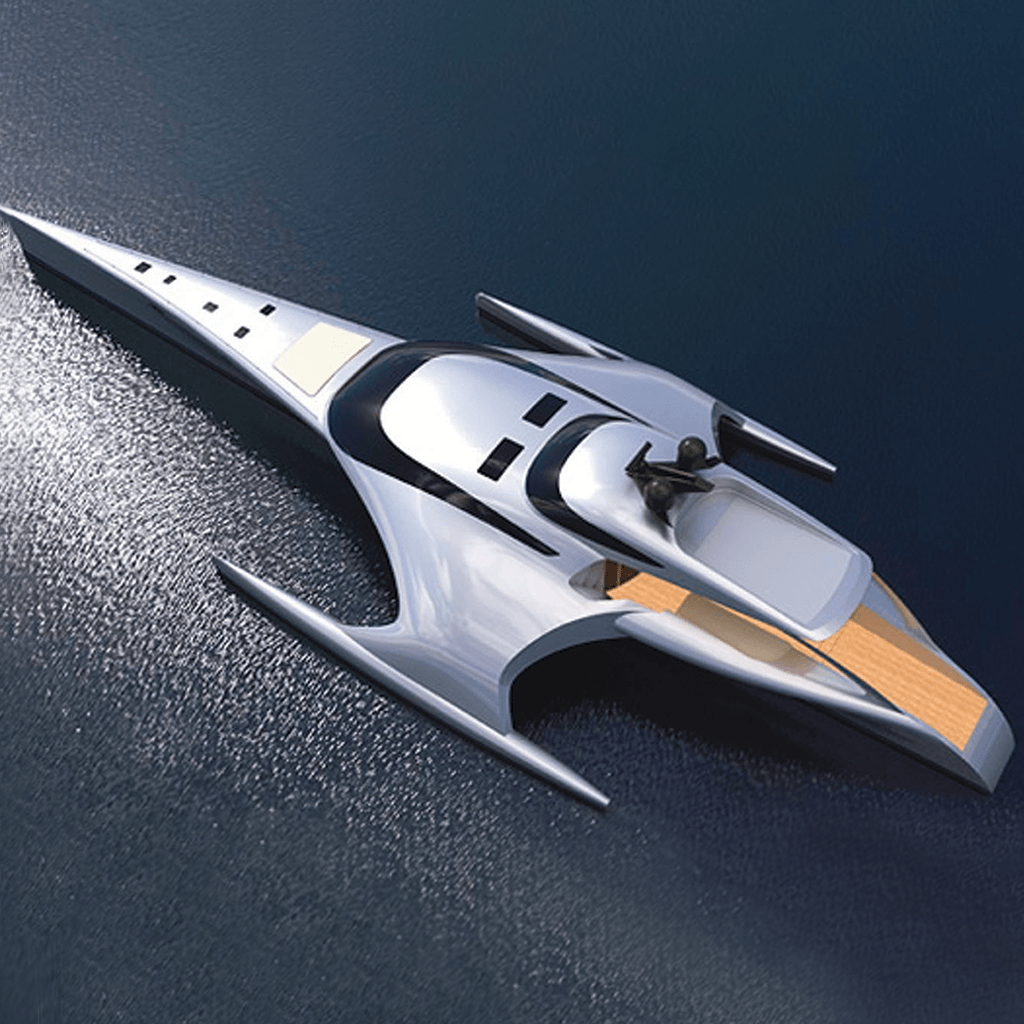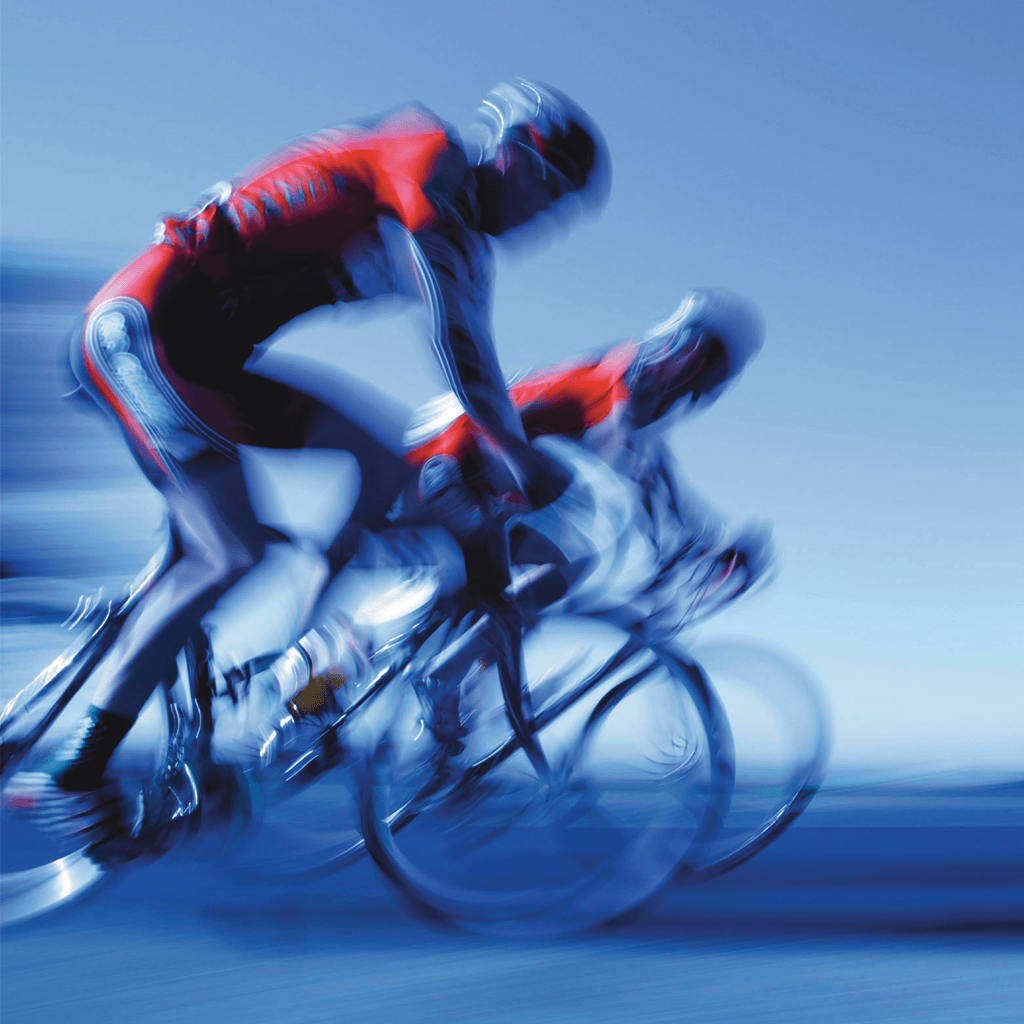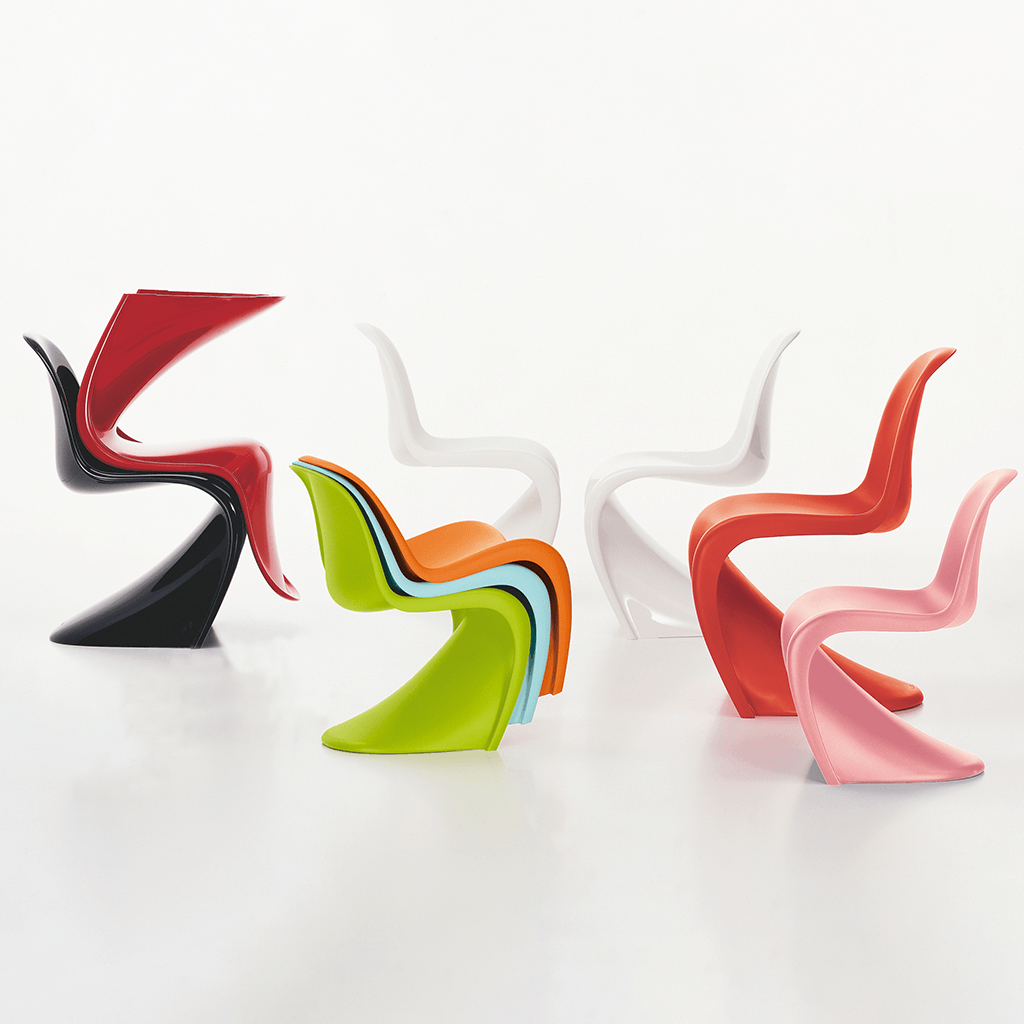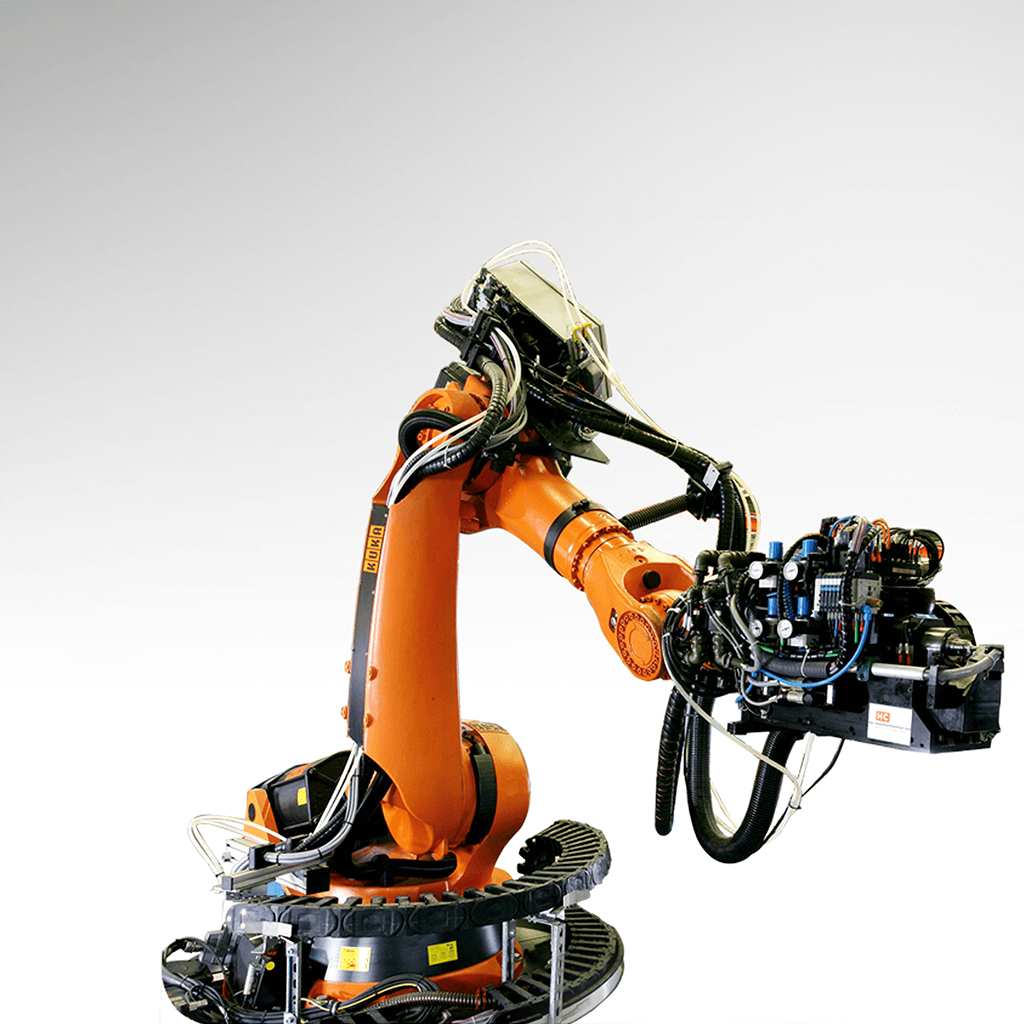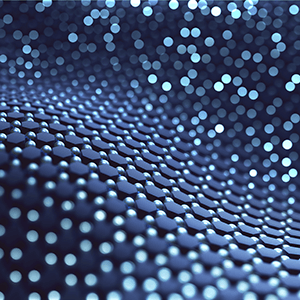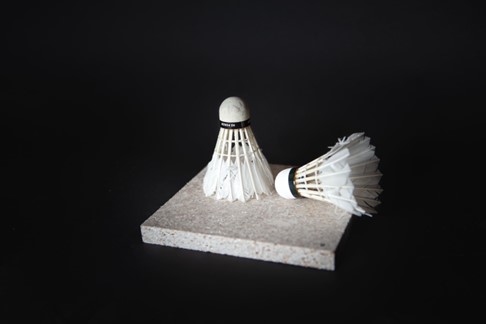Badminton has been an Olympic sport since the 1992 Summer Olympics in Barcelona. Since then, badminton has been a regular fixture at the Olympics, being an integral part of the sports programme. Players from all over the world compete at the Olympics, representing their respective countries.
Badminton events include competitions in singles (men and women) and doubles (men, women, and mixed). Players compete for gold, silver, or bronze medals, thus contributing to their nation’s Olympic medal table.
How composites help players reach the podium
Composite materials used in the manufacture of more efficient rackets and shuttlecocks have revolutionised badminton, allowing players to play harder, more accurately, and for longer.
Badminton rackets are traditionally made of wood, but composite rackets have become the norm at the professional level. Composite materials, such as graphite, carbon, and kevlar, offer a combination of stiffness, lightness, and durability that allows players to generate more power and accuracy.
The judicious combination of the following properties can improve the overall performance of a badminton racket.
Lightness
Composite materials used in the manufacture of rackets, such as carbon fibre and graphite, are extremely lightweight. This helps to reduce its overall weight. It is essential for increased manoeuvrability and reduced player fatigue during rapid movements.
Stiffness
Composite materials offer excellent structural stiffness. A stiff racket allows for efficient energy transfer during strikes, which can increase the power of shots.
Durability
Composites have a high strength. This ensures that the racket can withstand the significant forces exerted during rapid shuttlecock exchanges without deforming or breaking easily.
Control and accuracy
The properties of composite materials can be adjusted during the manufacturing process to influence the level of control and accuracy of the racket. Some manufacturers use different combinations of materials to achieve the right balance of power and control according to player preferences.
Vibration reduction
Composites have the ability to absorb vibrations. It helps to reduce player fatigue and improve comfort during impact with the shuttlecock.
Aerodynamics
Composite materials allow for the design of aerodynamic racket frames. A reduced drag allows the player to generate higher racket speed.
Shuttlecocks are also made of composite materials. Traditional shuttlecocks made of bird feathers are still used in some competitions, but composite ones are more durable and offer better performance.
Solutions to win medals
Advanced technologies and materials improve your game
Yonex, the Japanese racket brand, is a legend in the badminton field. In fact, it is not uncommon to see the majority of players equipped with their models, as was the case at the 2008 Beijing Games, where all medallists used Yonex brand rackets. Recognised internationally in this sport, the Yonex brand is a pioneer in the development of rackets. Founded in 1948, the company marketed its first all-wood rackets as early as 1957. In 1978, the first graphite racket was introduced, called the Carbonex-8. It is still a classic in Asia, where badminton is one of the most popular sports. As for nanocarbon rackets, they were introduced for the first time in 2004 and are still being used today.
The Yonex Nanoflare Feel is a lightweight, fast badminton racket due to its ultra-thin frame and flexible shaft for a total weight of 80 g. The frame uses the Nanocell Neo technology, a high-end carbon material that strengthens the structure of the racket while reducing its weight. This technology also allows for better shock resistance,. That guarantees greater durability and better performance on the court.
The shaft of the Yonex Nanoflare Feel is made from the company’s Sonic Flare System technology. This cutting-edge technology allows for a faster and more responsive racket, by reducing unwanted vibrations and increasing its stability during impact with the shuttlecock. This technology provides players greater precision and optimal control of their shots.
A second life for used shuttlecocks
With 10 years of technical and commercial experience in composite materials, and a passion for playing badminton, Benjamin Moreau founded the Compo’Plume company in 2019. Its the mission is to recycling used shuttlecocks from clubs of the French Badminton Federation (FFBAD). These are not negligible as they represent up to 40 tonnes of waste per year in France alone. While up to now most of this volume was incinerated. The objective of Compo’Plume is to give a second life to shuttlecock materials while reducing the carbon impact of their destruction.
Once sourced, the shuttlecocks are shredded at an ESAT, a local establishment that promotes employment for people with disabilities. The shredded material is then transferred to Compo’Plume’s workshops and mixed with an adhesive that makes up the bulk of the matrix for the future composite part. The resulting paste is placed in a mould, pressed and dried to produce furniture and decorative parts such as kitchen worktops and tables.
The material developed by Compo’Plume, VBA, is available in several grades depending on the recycled shuttlecock material content, ranging from VBA Origin with 70% recycled materials to VBA Evolution with up to 80%.
Introduction to the discipline
Badminton is one of the most popular sports in the world. Its presence at the Olympic Games helps to increase its visibility and promote the spirit of sport on a global scale. Badminton athletes who excel at the Olympic Games mark their place in the history of the sport, and help to make badminton a respected discipline within the Olympic movement.
Badminton has gained popularity over the years as a fast-paced and dynamic sport that requires agility, quick reflexes, and excellent coordination. The Olympic Games offer a global platform for the best badminton players, and an international audience.
This discipline requires a racket and a shuttlecock composed of a cork head and a skirt made of duck feathers or synthetic materials for greater durability. As it is heavily stressed, the shuttlecock needs to be frequently replaced during the game. This can reach up to 50 units for high-level matches.
Rules
The badminton rules at the Olympic Games follow those established by the Badminton World Federation (BWF). Here is a brief overview of its fundamental rules.
Events
Olympic badminton matches are played in men’s and women’s singles, men’s and women’s doubles, and mixed doubles.
Court
The badminton court is rectangular and is divided into 2 halves by a net. Lines mark the service zones, outer service zones, and playing zones. The precise dimensions of the court (13.40 m long and 6.10 m wide) are specified by the BWF rules.
Shuttlecock
Also called a “plume” or “shuttle,” it consists of a cork base with a skirt made of duck feathers or synthetic material. Olympic competitions often use nylon shuttlecocks, which offer consistent durability and flight stability.
Gameplay
A badminton match is played in 3 sets, and the first player or team to win 2 sets wins the match. Each set is played up to 21 points, except in case of a tie at 20 points, in which case the player or team that takes a two-point lead wins the set.
Service
The service is performed diagonally from one side of the net to the other. The server and the receiver must follow specific rules regarding the position of their feet at the time of the service. The service alternates between the two sides until the server commits a fault.
Faults
Badminton faults include, among others, contact with the net, returns of the shuttlecock outside the court boundaries, service faults, and net interferences.
Referees
Uncertain or disputed situations: In the event of ambiguous or disputed situations, the referee may call a “let,” which means that the point is replayed. The referee also makes decisions regarding faults and may award points to the opponent in case of a violation of the rules.
International federation
The Badminton World Federation (BWF) is an association of national and regional federations founded in 1934. Its purpose is to managing, developing badminton in the world, and being responsible for the rules of the game. Its headquarters are located in Kuala Lumpur, Malaysia, since 2005. The BWF also oversees the international tournament circuit. Every 3 years, it classifies these tournaments into several categories according to their importance. The BWF brings together 198 associations (national or regional federations) divided into 5 continental confederations (in order of importance: Europe, Africa, Asia, Pan America, and Oceania).
https://bwfbadminton.com/
On the road to Olympic and Paralympic Games


